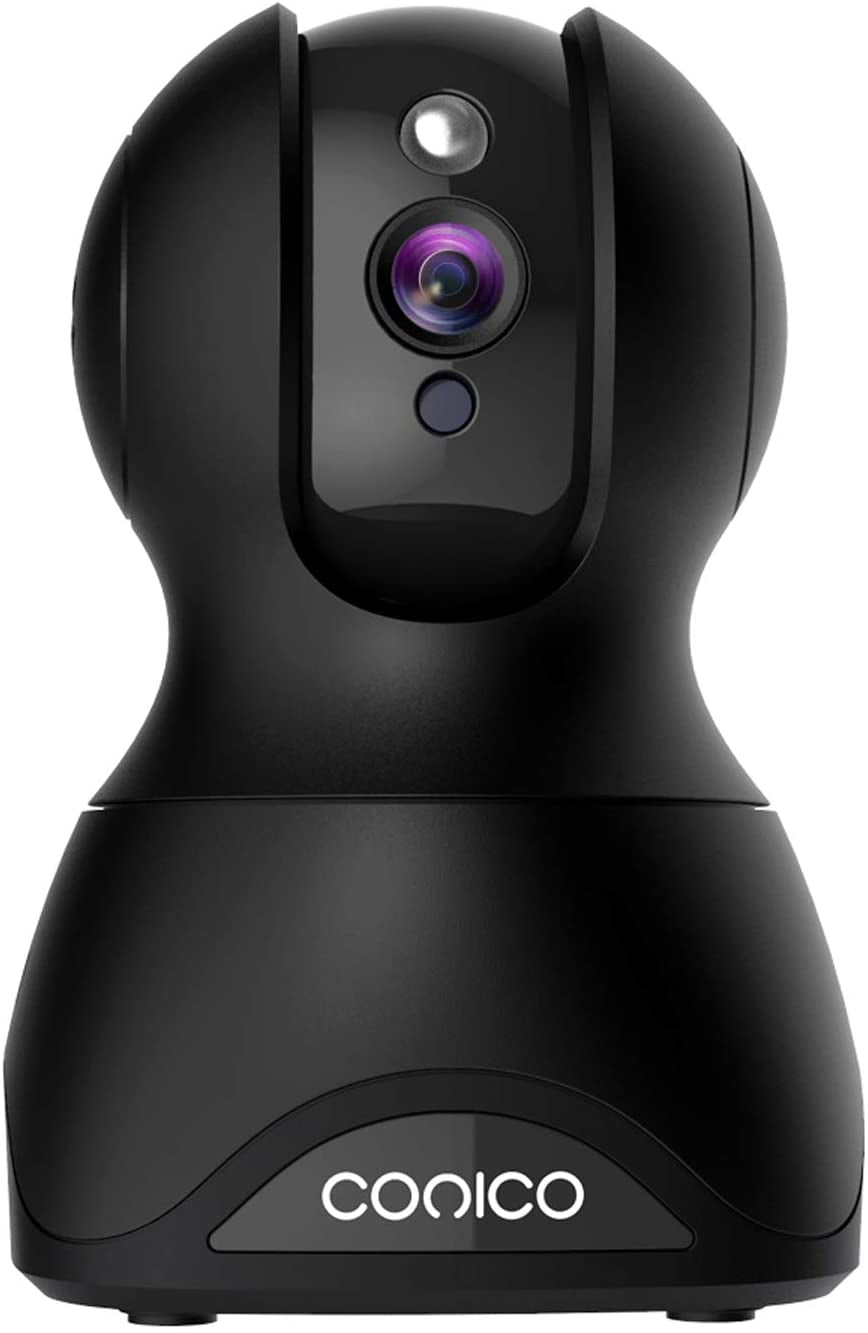

The dark frame can be extrapolated by taking measurements at different temperatures. They have a spatially uniform area of material with the same temperature. To overcome this problem special calibration devices called black body radiators have been developed.

For cameras sensitive to mid- and far-infrared it is not possible to take dark frames, since the material to cover the lens would have to be cooled to 0 K or it will emit noticeable radiation. For conventional RGB cameras and some infrared cameras the procedure requires the user to take dark frames, where the lens is covered to let no light fall onto the sensor, and flat-fields, where every pixel is illuminated with the same amount of brightness (see Granados et al. for details). The choice of a photometric calibration process for a digital cameras is depending on the wavelength the sensor is sensitive to. Since the step size of the adjustment can be reduced it also has beneficial effects on ghosting. We compared NN and CR algorithms with and without RNC to validate the advantage of this method. All of these approaches start from an unnecessarily noisy image due to the contained readout noise.īy removing this fixed pattern noise (FPN) the SBNUC algorithm can work on images with less corruption, which leads to faster convergence and better results. The variety of SBNUC techniques can be devided in three major groups: Neural net (NN) algorithms assuming neighboring pixels to capture the same brightness, constant statistics/constant range (CR) algorithms assuming a uniform distribution of a pixel’s values over time and motion constraint algorithms assuming a scene point can be found at a different location in the following frame. Adding readout noise compensation (RNC) to existing SBNUC techniques increases the initial image quality drastically.
#DARK NOISE CAMERA SERIES#
We present a method to estimate the readout noise by capturing a series of images with different exposure times. Scene-based non-uniformity correction (SBNUC) estimates the noise parameters of the video stream online.
#DARK NOISE CAMERA UPDATE#
Hence, it is necessary to constantly update the noise estimate. In thermal cameras the noise is both spatially varying and the noise characteristics change over time. This process is experimental and the keywords may be updated as the learning algorithm improves. These keywords were added by machine and not by the authors. The readout noise compensation (RNC) can be used to improve the performance of any SBNUC approach. The mean average error improves by several orders of magnitude, which allows faster convergence with smaller step sizes. We compare the results of two common SBNUC algorithms with and without this compensation. When this is subtracted from the image a noticeable portion of the noise is compensated. The readout noise can be estimated by capturing a series of pictures with varying exposure times, fitting a line for each pixel and thereby estimating the bias of the pixel. We present a method to boost the convergence of these algorithms by removing the readout noise form the image before it is processed. Thermal cameras can not be calibrated as easily as RGB cameras, since their noise characteristics change over time thus scene-based non-uniformity correction (SBNUC) has been developed.


 0 kommentar(er)
0 kommentar(er)
